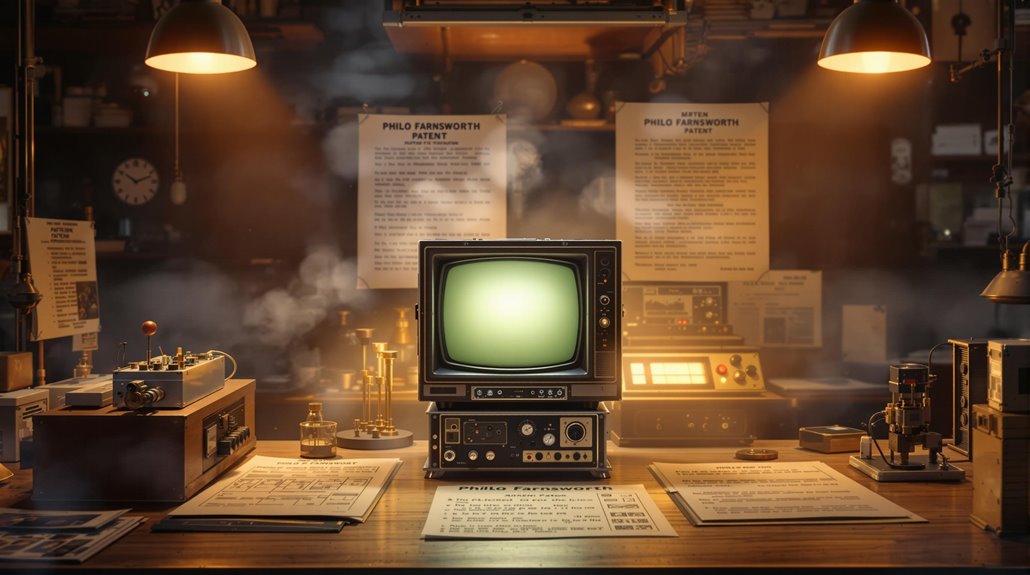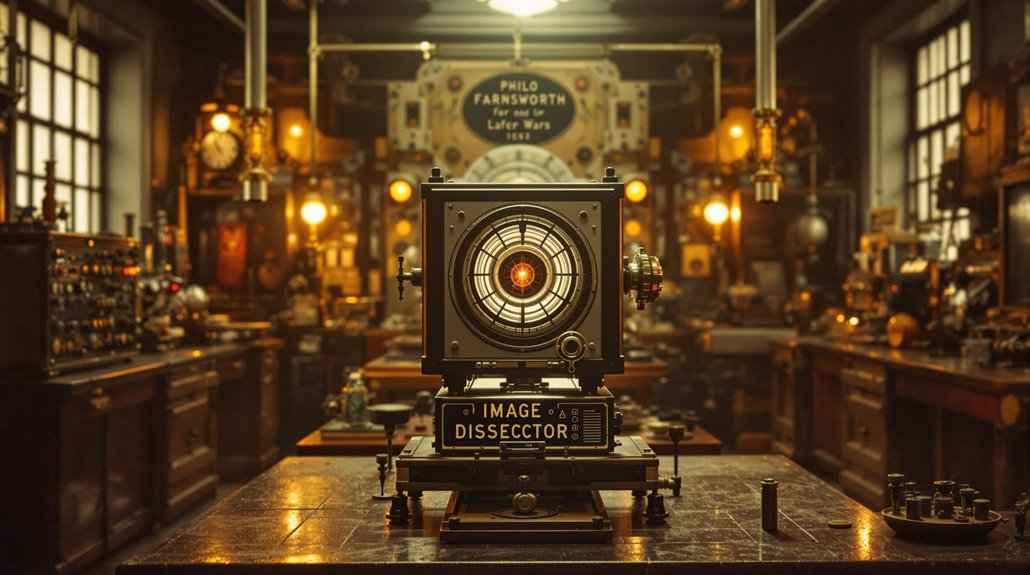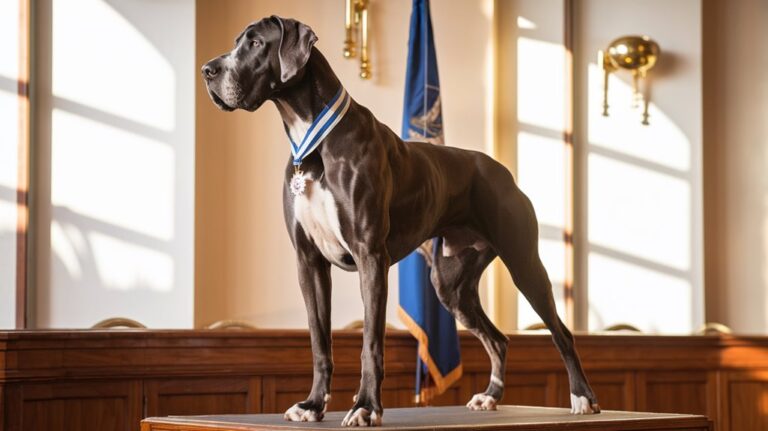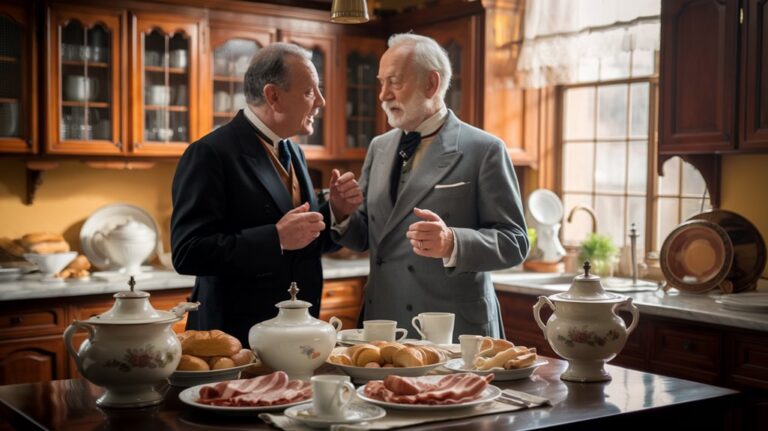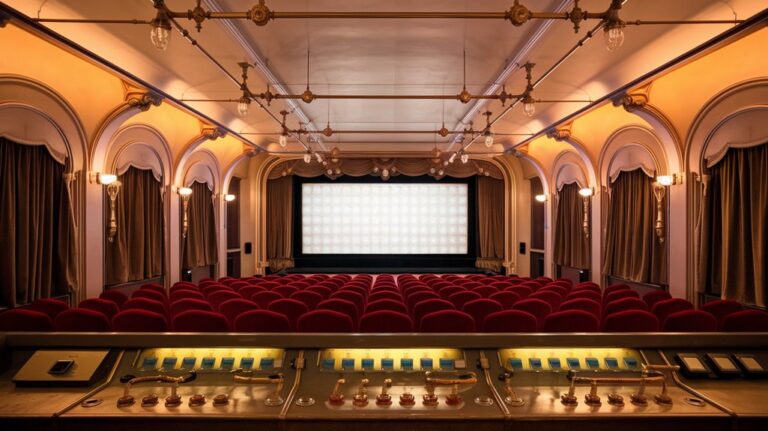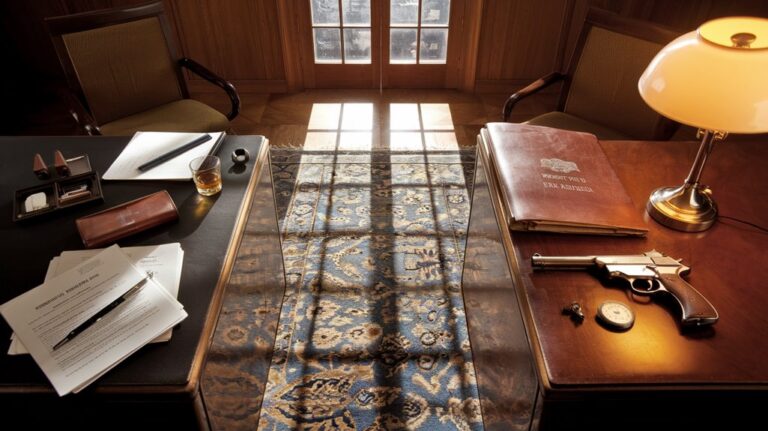The Hidden Drama Behind Philo Farnsworth’s TV Patent
You might think you know who brought television into your living room, but the commonly accepted story isn't quite accurate. While history books often credit RCA's David Sarnoff, it was a young man from rural Utah who first captured moving images through electronics. Your favorite shows wouldn't exist without Philo Farnsworth's brilliant mind – and the price he paid for his invention. The untold story of corporate espionage, legal battles, and personal sacrifice behind TV's creation will change how you view that screen forever.
A Farm Boy's Revolutionary Vision
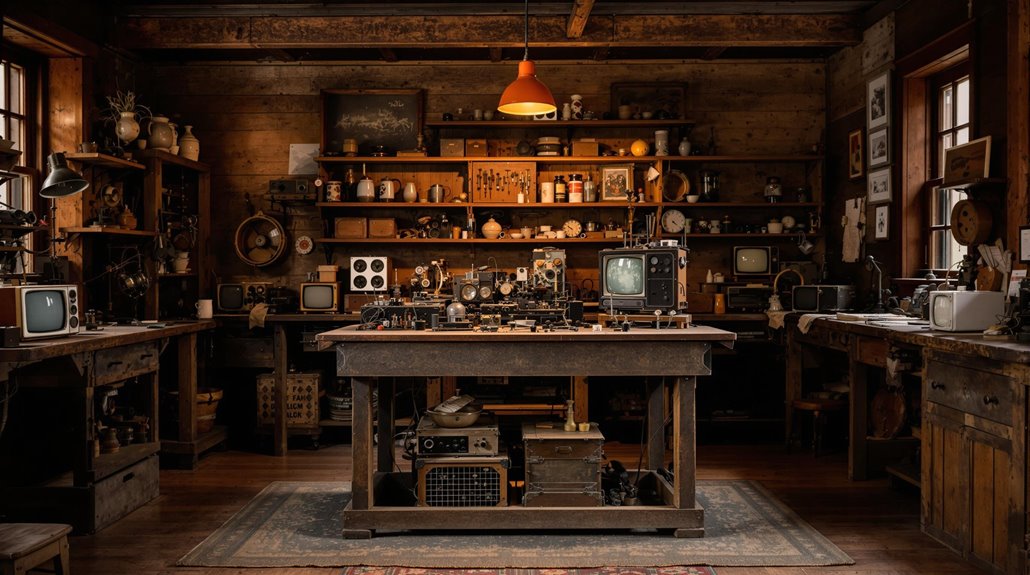
Genius often emerges from unlikely places. In 1906, a log cabin in Utah became the birthplace of television's future inventor, Philo Farnsworth. You might wonder how farm life could inspire such a groundbreaking innovation, but that's exactly what happened.
At just 14 years old, while plowing his family's potato field in Idaho, young Philo had his eureka moment. As he studied the parallel lines he'd created in the soil, he envisioned a system that would scan images electronically, line by line. His early fascination with electronics led him to convert household appliances to electric power.
This childhood inspiration led him to sketch his first television designs in his high school chemistry class. His exceptional aptitude for science earned him the reputation of being a student who excelled in chemistry and physics. It's remarkable that this farm boy's observation would later revolutionize the world of communication.
David Sarnoff and RCA's Corporate Espionage
While Farnsworth pursued his vision with youthful determination, powerful forces were already plotting to claim television's future for themselves.
David Sarnoff, RCA's ambitious leader, orchestrated one of the most brazen cases of corporate ethics violation in tech history. Sarnoff's willingness to push ethical boundaries would later manifest in his role supporting Project SHAMROCK intelligence, secretly forwarding communications to government agencies.
You won't find a clearer example of calculated patent infringement than Sarnoff's tactics. He sent Vladimir Zworykin to spy on Farnsworth's lab under false pretenses, claiming to represent Westinghouse. A revealing telegram to RCA was sent immediately after Zworykin's visit, exposing their true motives.
After stealing Farnsworth's secrets, RCA shamelessly copied his system while simultaneously challenging his patents in court. They even tried to claim Zworykin had invented television first, based on a dubious 1923 patent application.
Though Farnsworth won the legal battle in 1934, RCA's deep pockets and aggressive strategies ultimately allowed them to dominate the television industry, while Farnsworth's dreams crumbled.
The Battle for Television's Soul: Patent Wars Unveiled
In 1934, Farnsworth's historic victory at the U.S. Patent Office marked a turning point in television's development, forcing RCA to pay patent royalties for the first time in its history. The ruling, based on Farnsworth's high school sketch of the Image Dissector, validated his claim as television's inventor.
You'll find that this patent infringement battle stemmed from years of corporate rivalry between David Sarnoff's RCA and Farnsworth. After Farnsworth rejected Sarnoff's $100,000 offer for his patents in 1931, RCA launched an aggressive legal campaign to challenge his rights. The dispute began when Vladimir Zworkin secretly obtained details of Farnsworth's dissector tube design.
The dispute culminated in 1939 when RCA paid $1 million for a nonexclusive license. Despite this victory, Farnsworth's company struggled while RCA dominated the market. RCA showcased their television technology at the 1939 World's Fair, overshadowing Farnsworth's contributions to the industry.
When his patents expired after World War II, RCA seized control of television's future, selling sets royalty-free across America.
Victory at a Price: Personal Cost of Innovation
Despite winning the patent battle against RCA, Farnsworth paid a devastating personal price for his television breakthrough. His personal struggle included multiple cross-country moves, constant legal battles, and the emotional toll of fighting corporate giants who sought to diminish his achievement.
The young inventor had shown promise early on, as he excelled in sciences and actively pursued advanced coursework during his school years. He developed his groundbreaking all-electronic system while still in high school.
You'll find that Farnsworth's innovation sacrifice extended beyond the courtroom. After rejecting RCA's $100,000 offer in 1930 (worth $1.5 million today), he faced mounting financial pressures.
His patents expired just as post-war demand surged, and he was forced to sell his company in 1951. Adding insult to injury, RCA's David Sarnoff was dubbed "Father of Television" in 1950, while Farnsworth's contributions were overshadowed.
Despite holding over 300 patents, he watched as others profited from his life's work during television's golden age.
From Utah Fields to Television History

Born in a modest Utah log cabin in 1906, Philo Farnsworth emerged as television's pioneering inventor through an unlikely journey that began in rural America.
His childhood curiosity led him to tinker with household appliances, converting them to electrical power while his family's move to Idaho would provide his greatest invention inspiration.
As you'd imagine, plowing potato fields isn't where most technological breakthroughs begin. Yet it's exactly where 15-year-old Farnsworth conceived his revolutionary idea for electronic television.
The neat rows he plowed sparked his vision for scanning images line by line. Despite his father's death forcing him to leave Brigham Young University in 1924, Farnsworth's determination never wavered. By the remarkable age of twenty-one, he had already achieved his first successful television transmission.
He sketched his groundbreaking concept for the image dissector tube on the chalkboard for his chemistry teacher in 1922.

